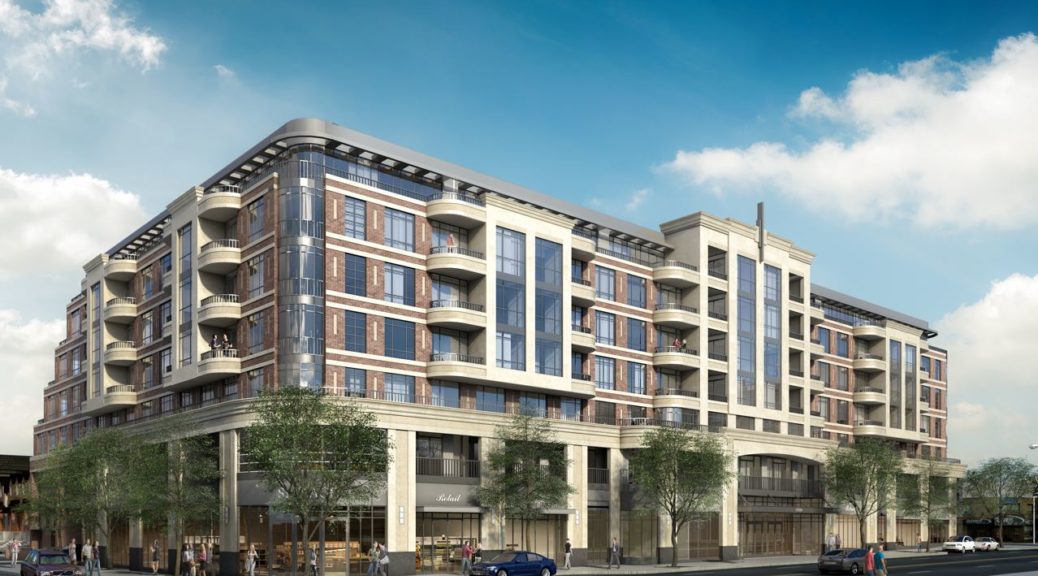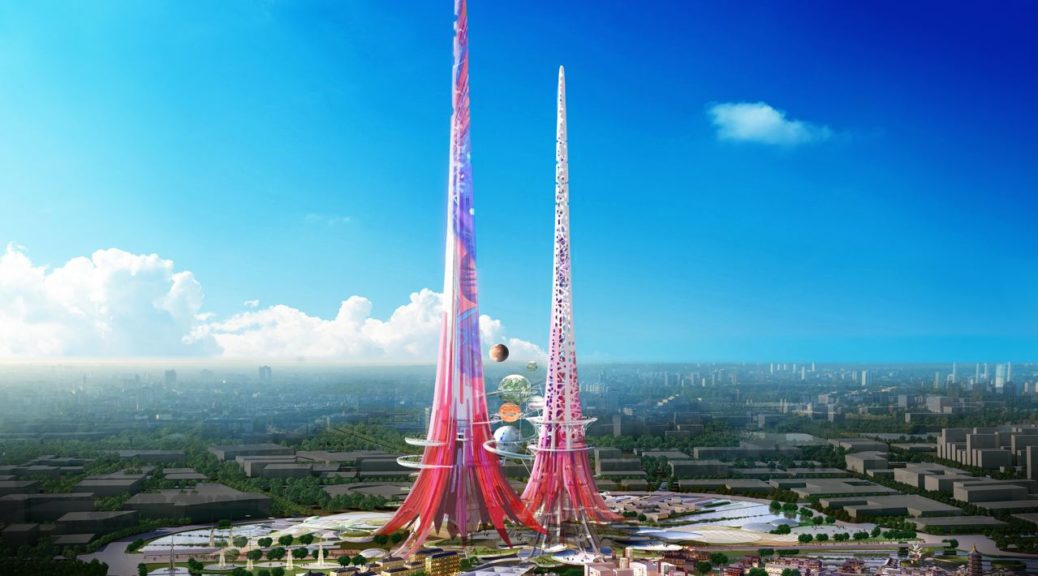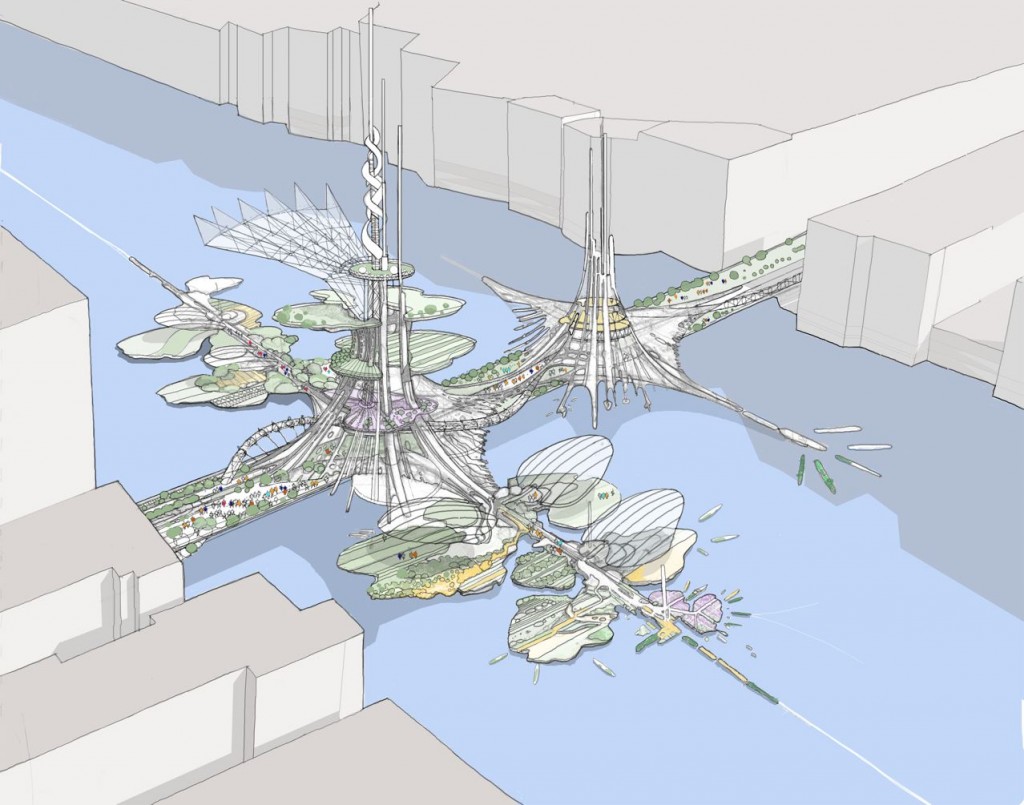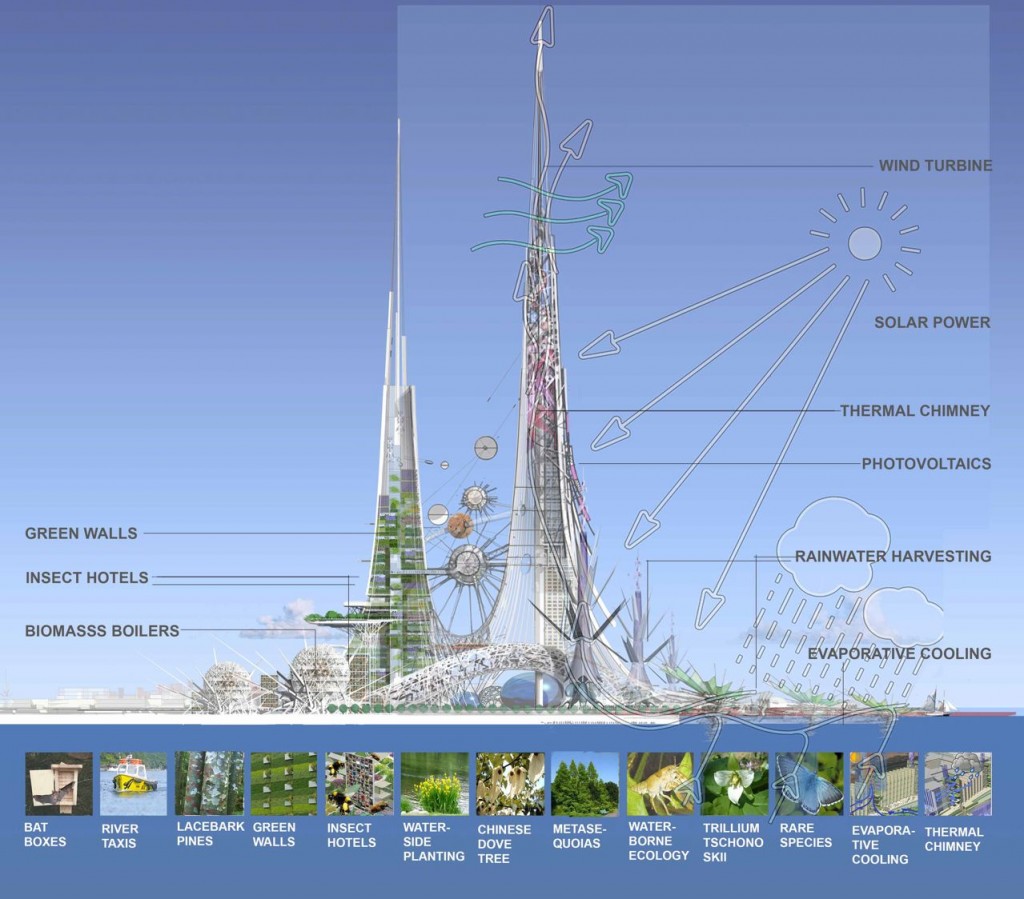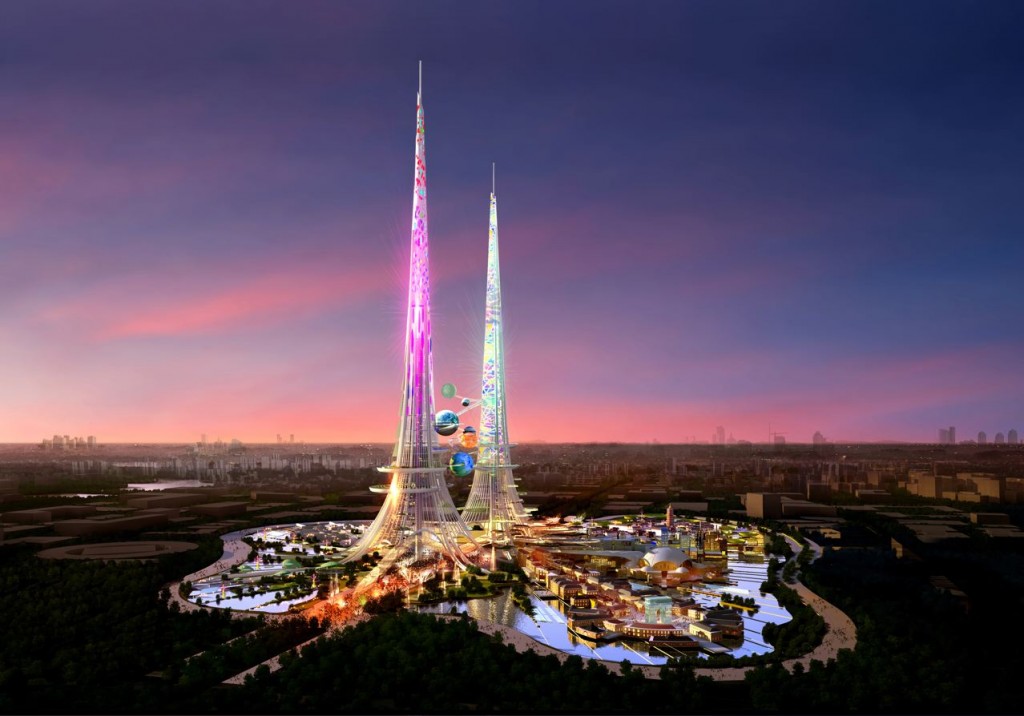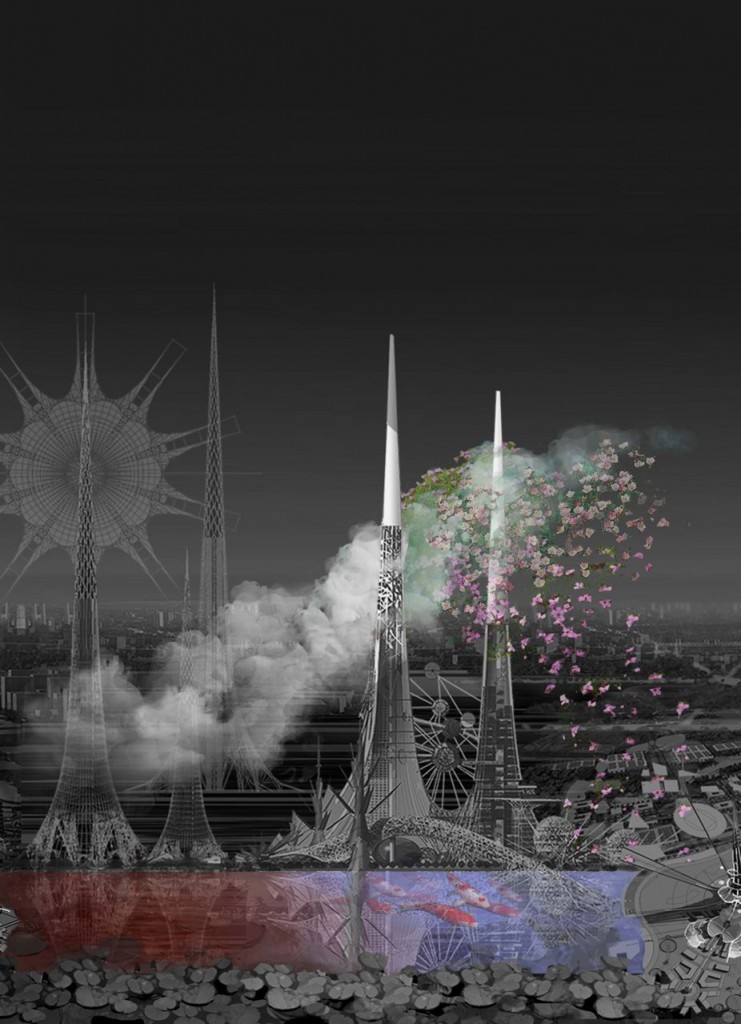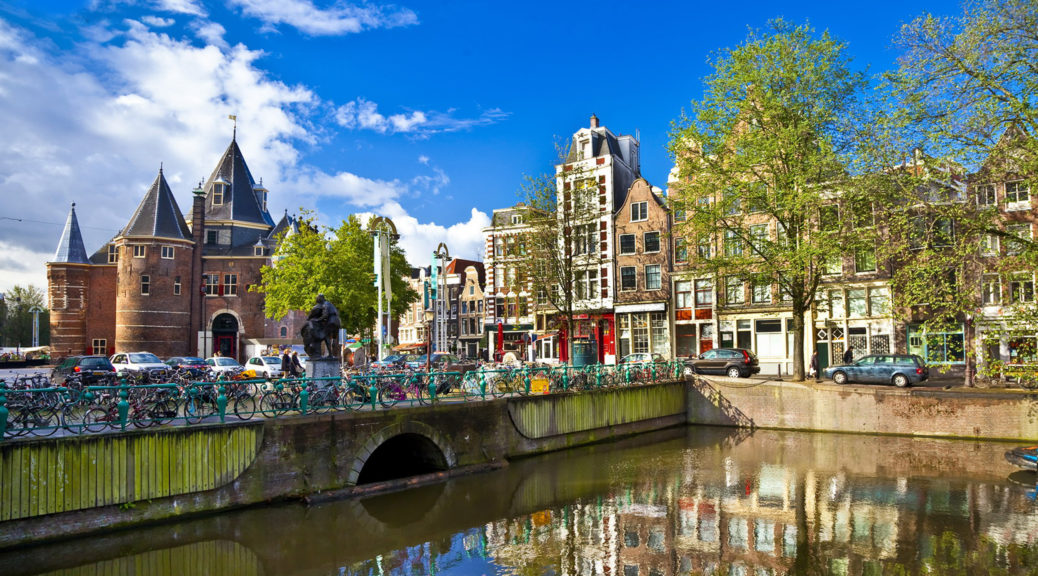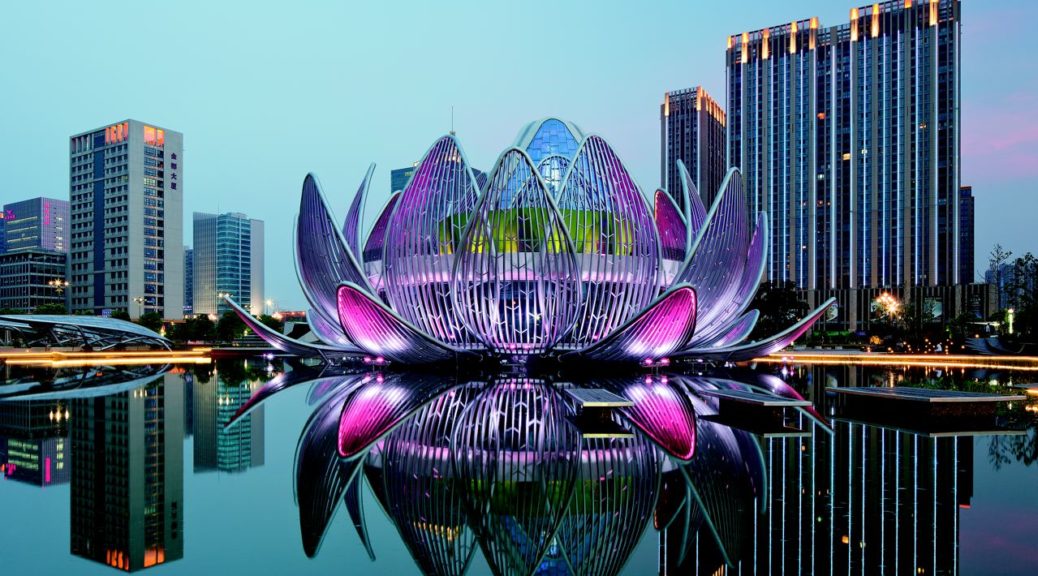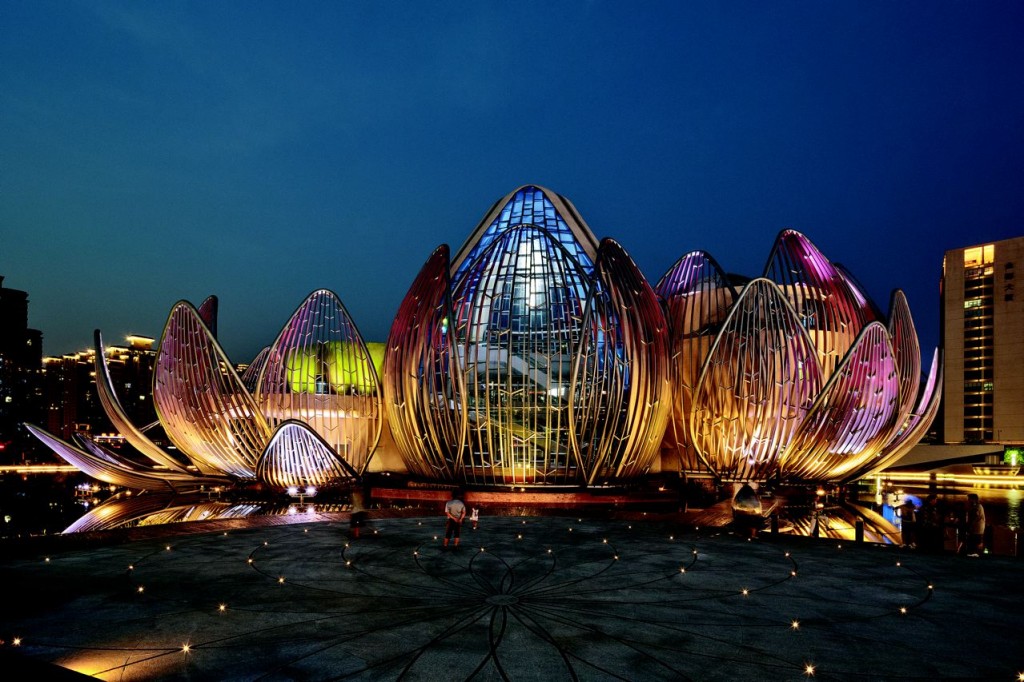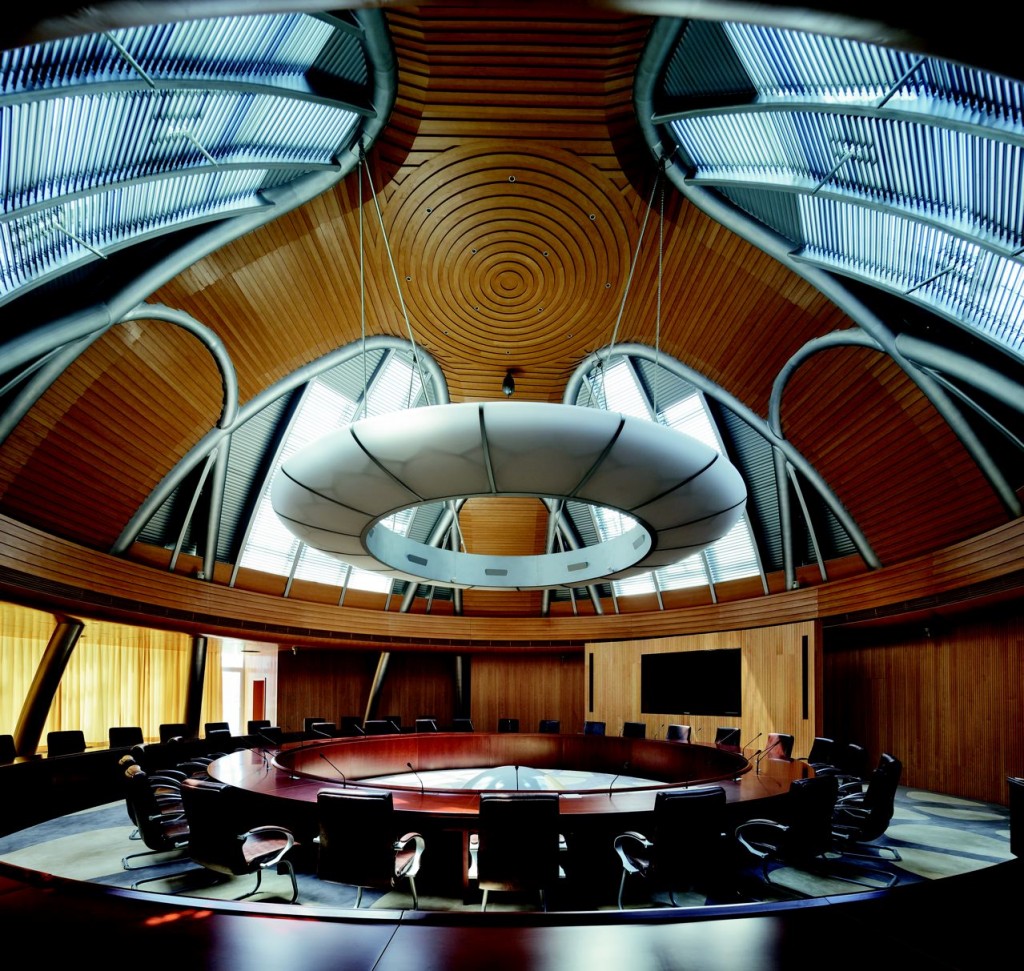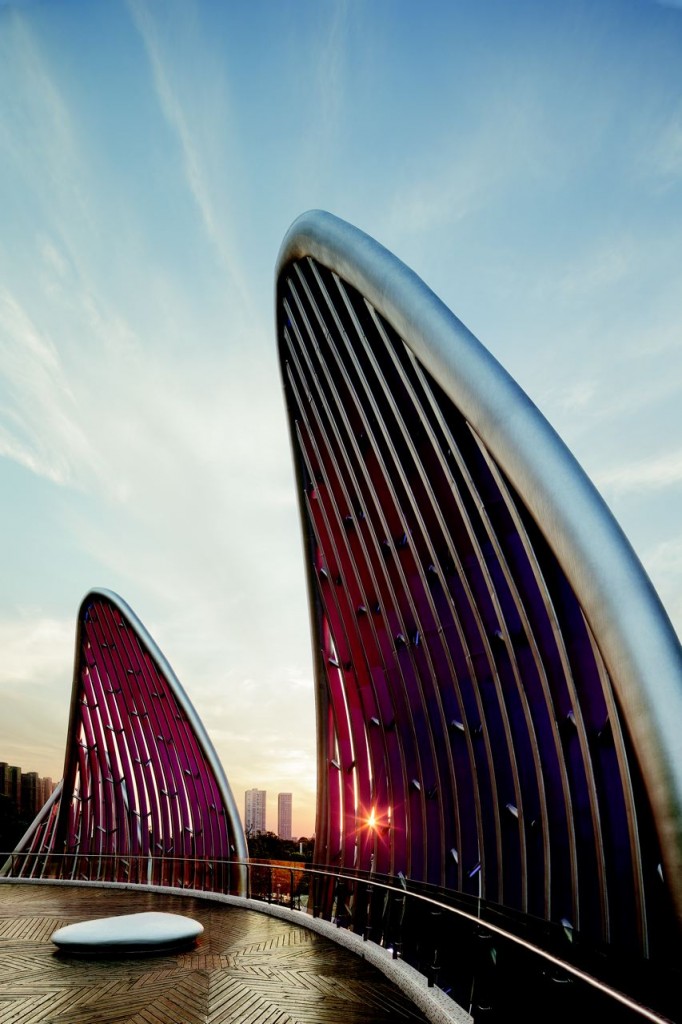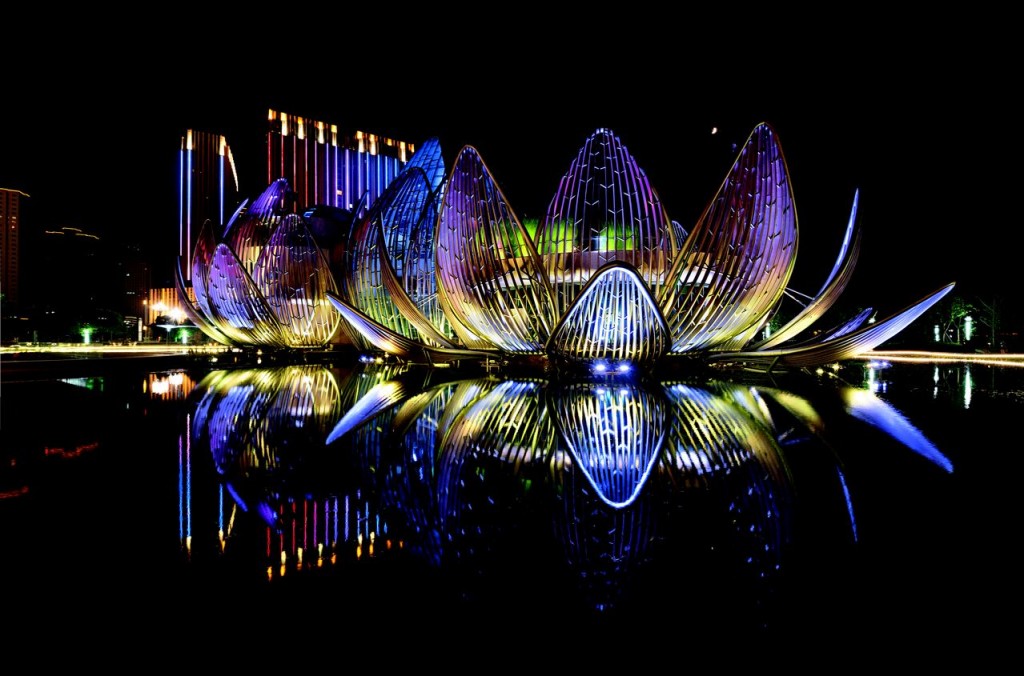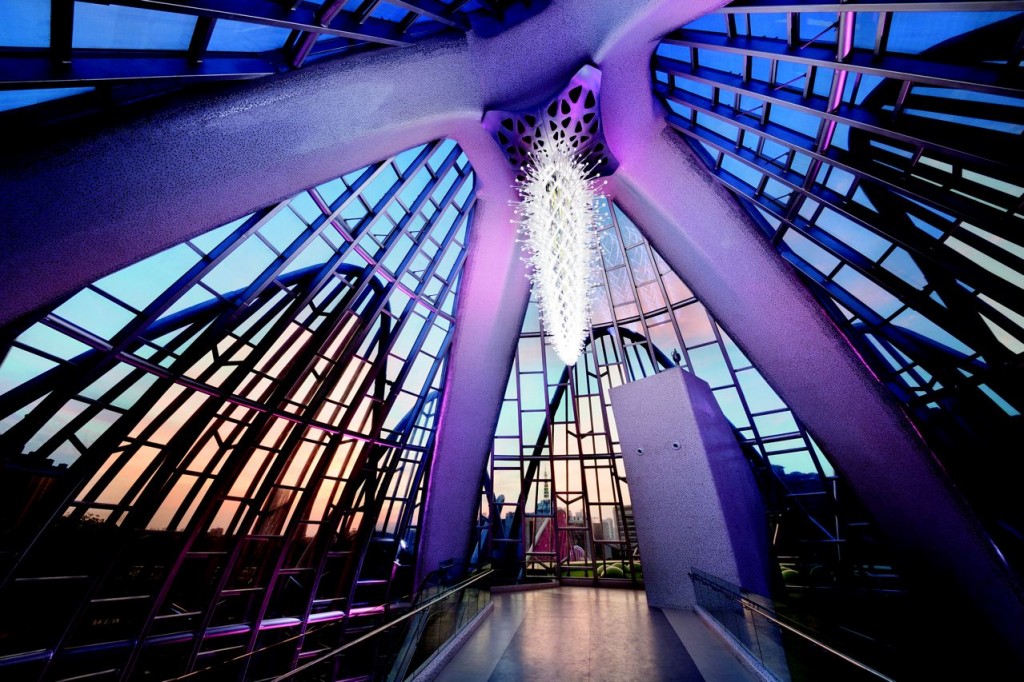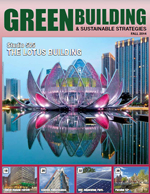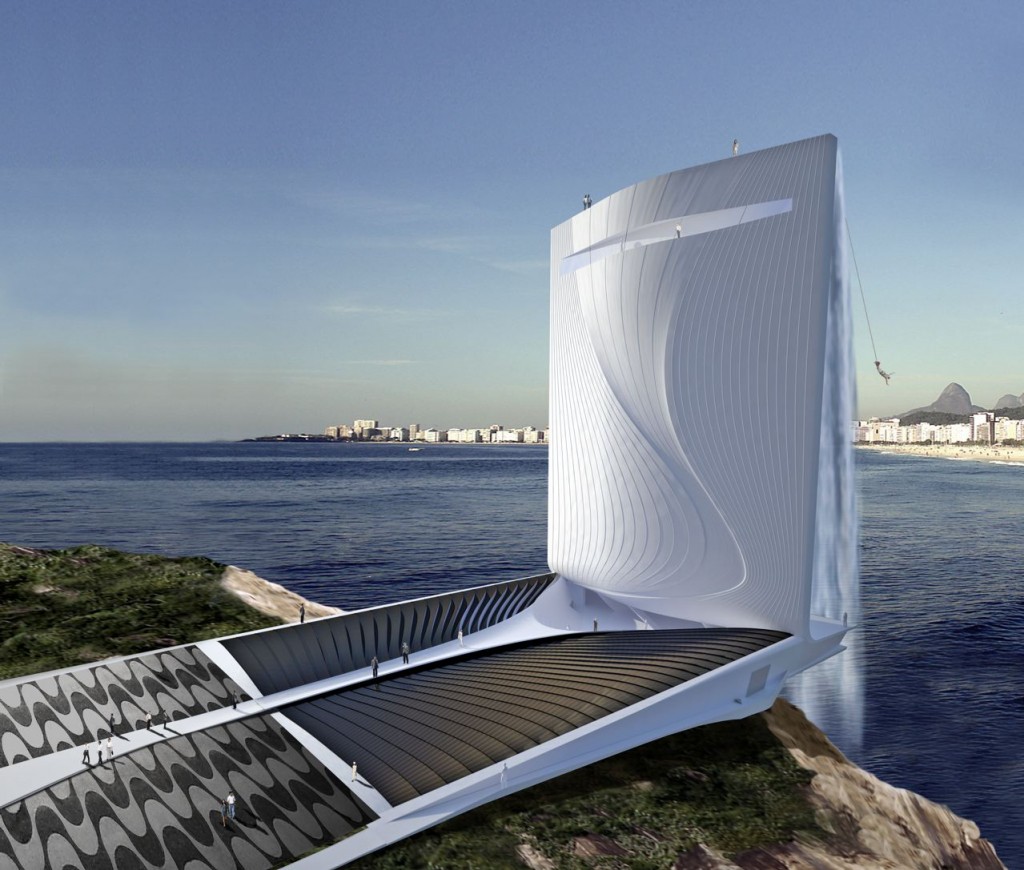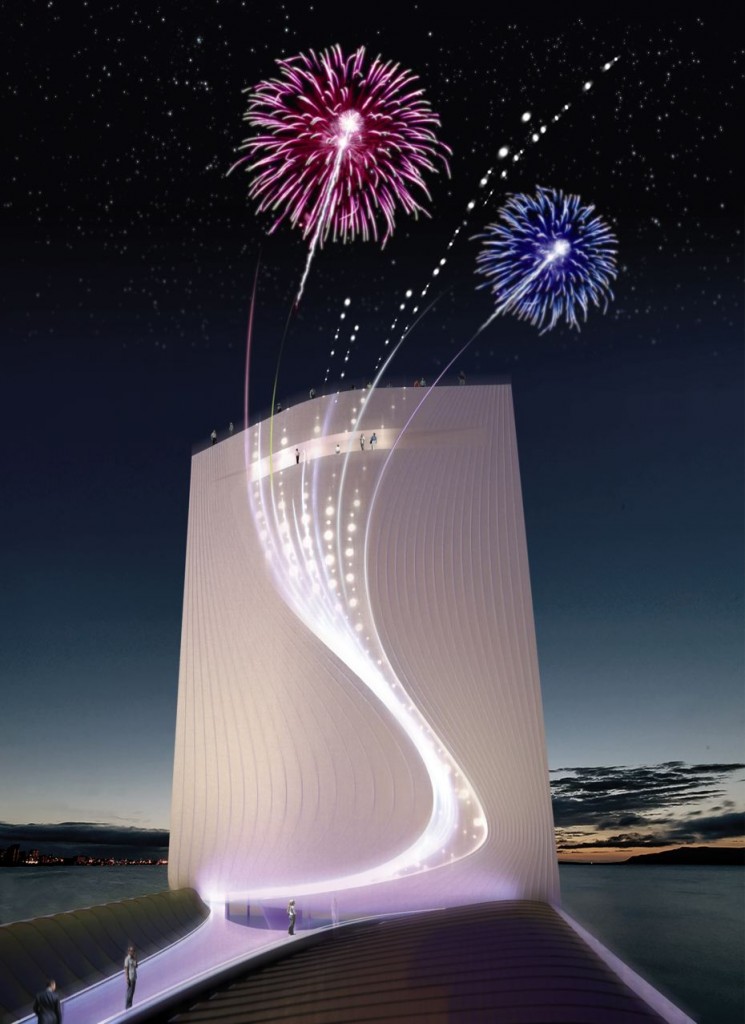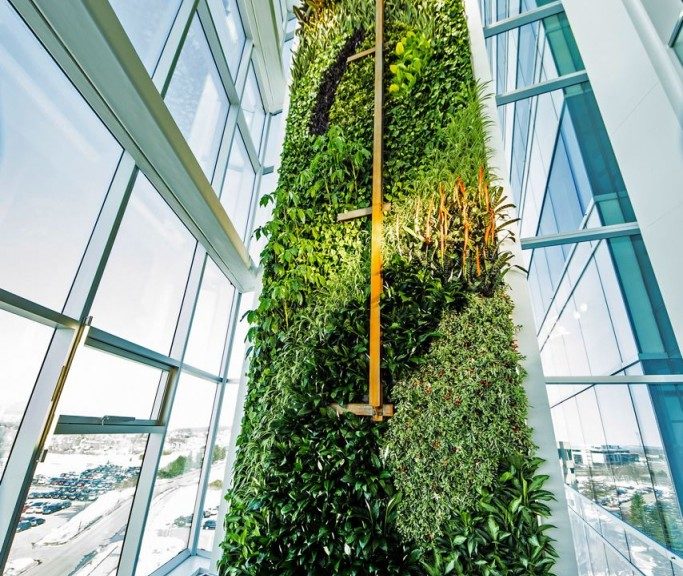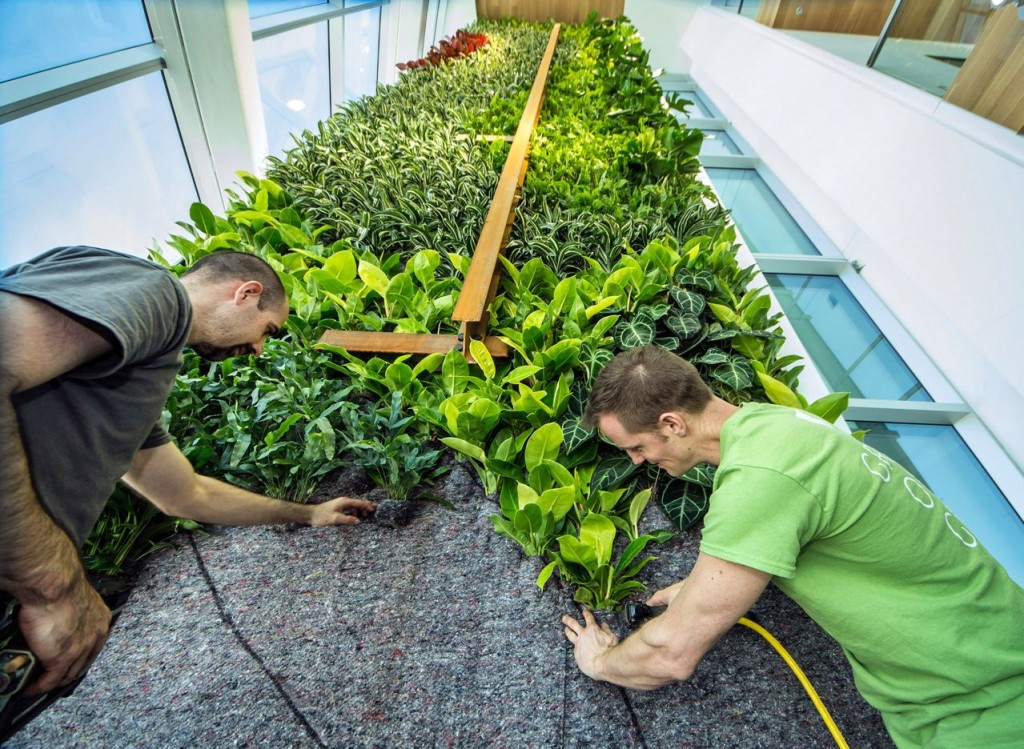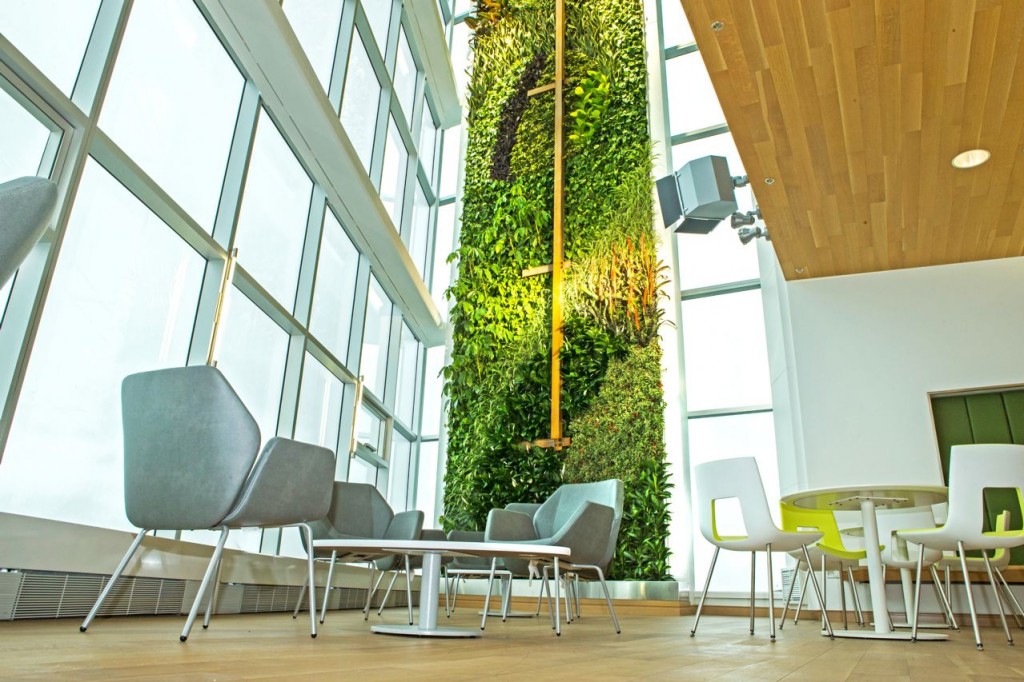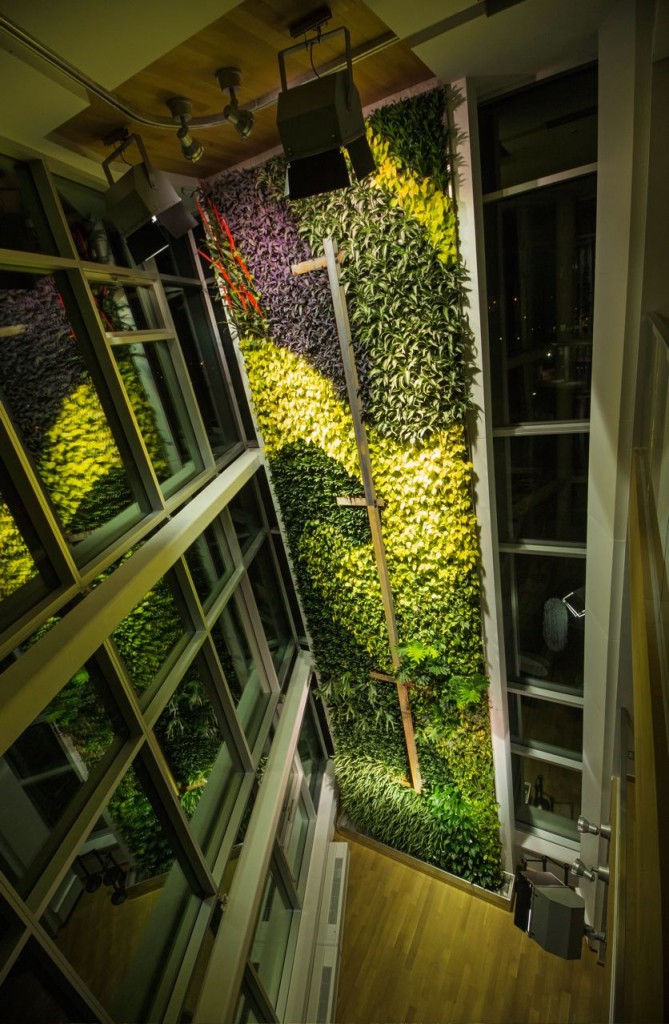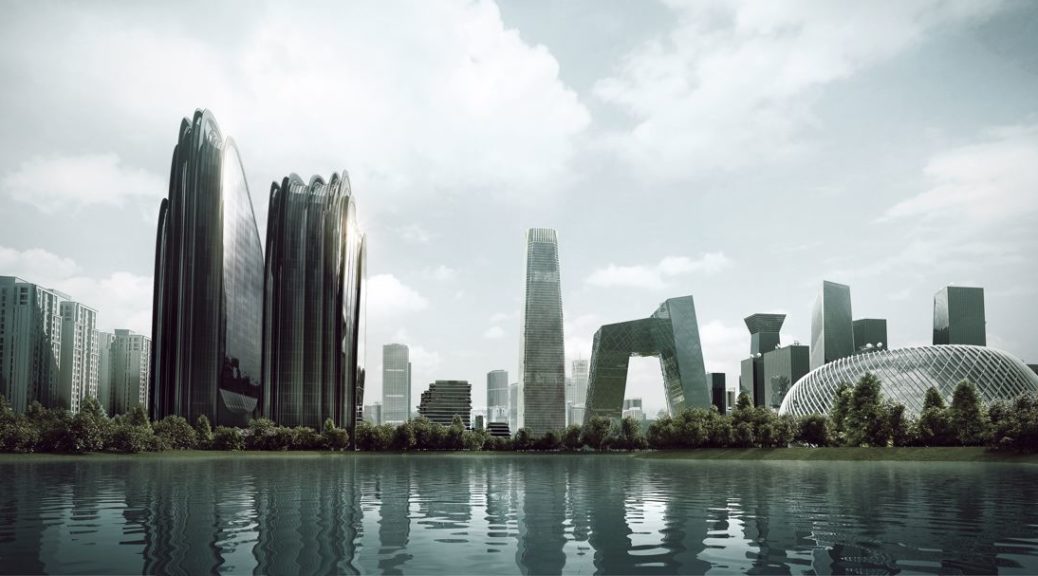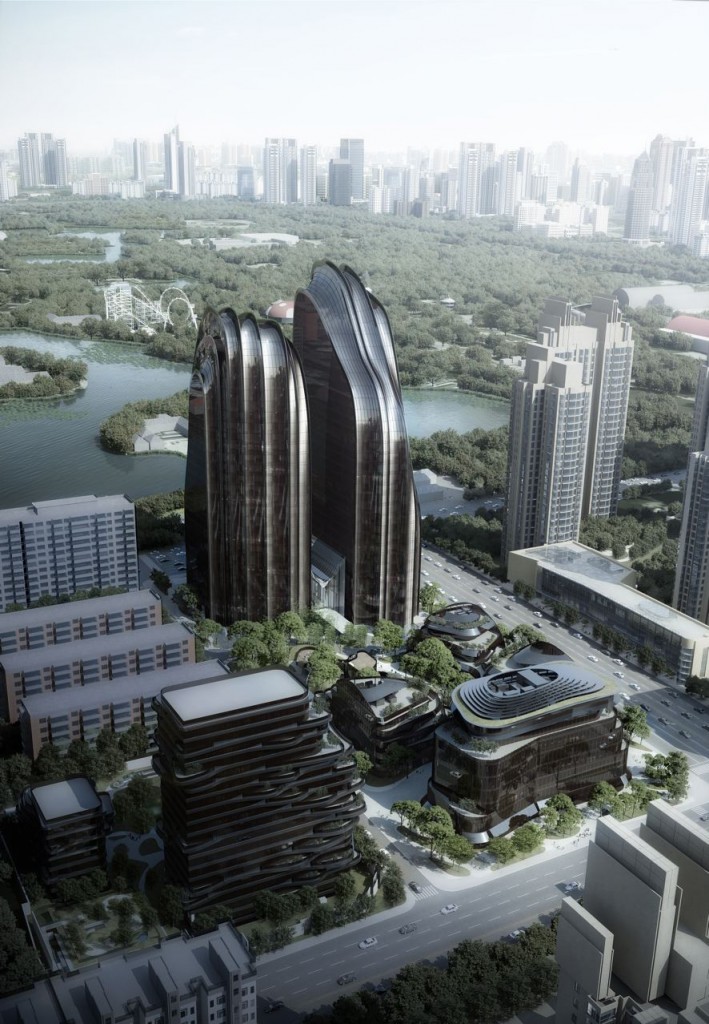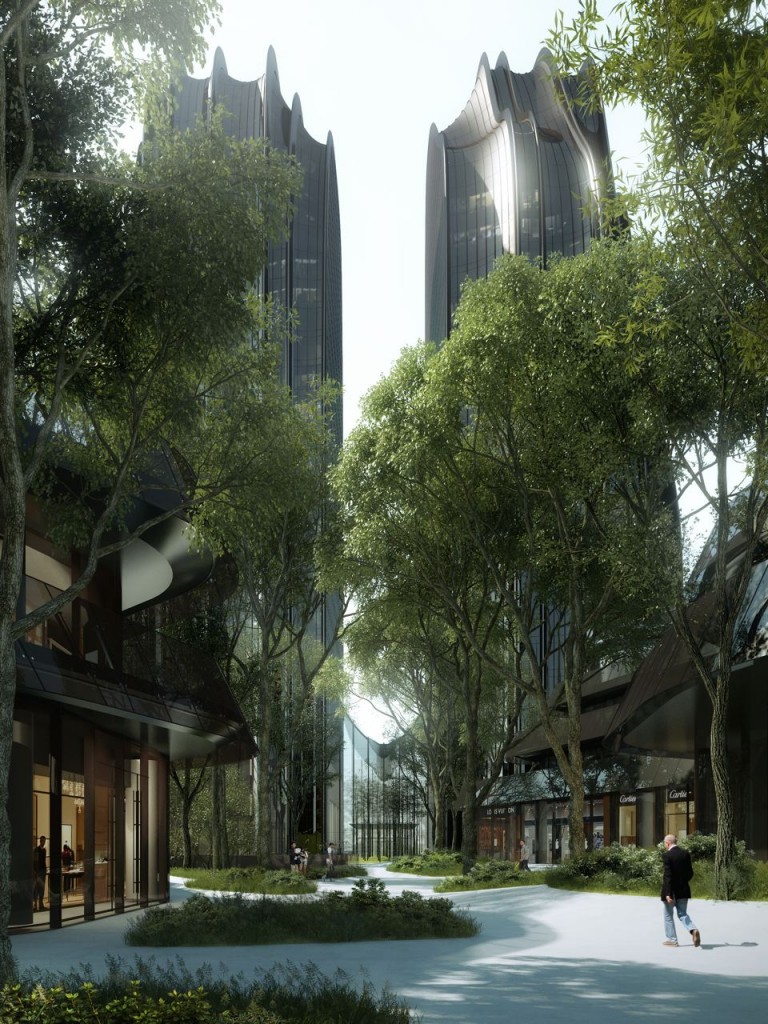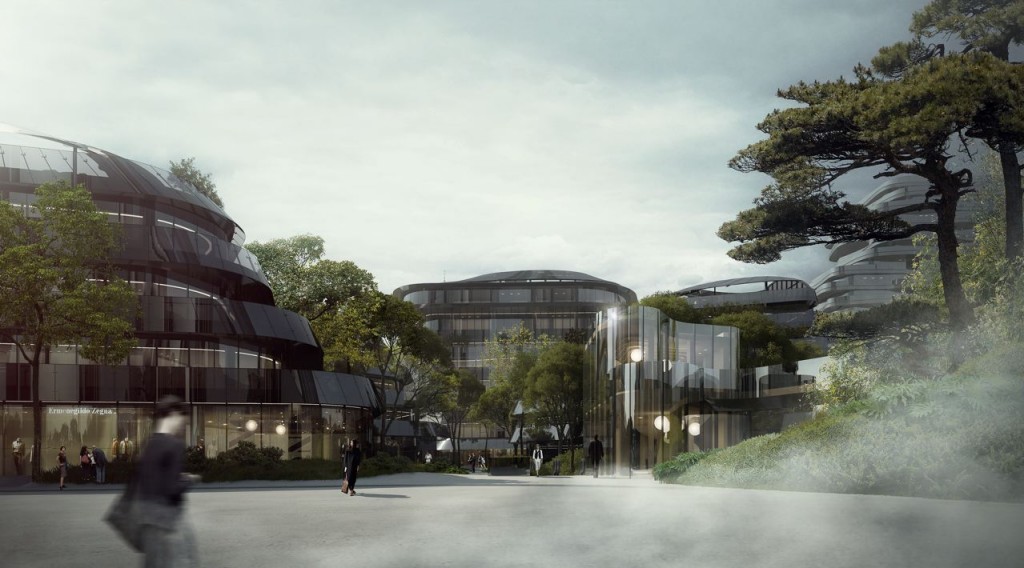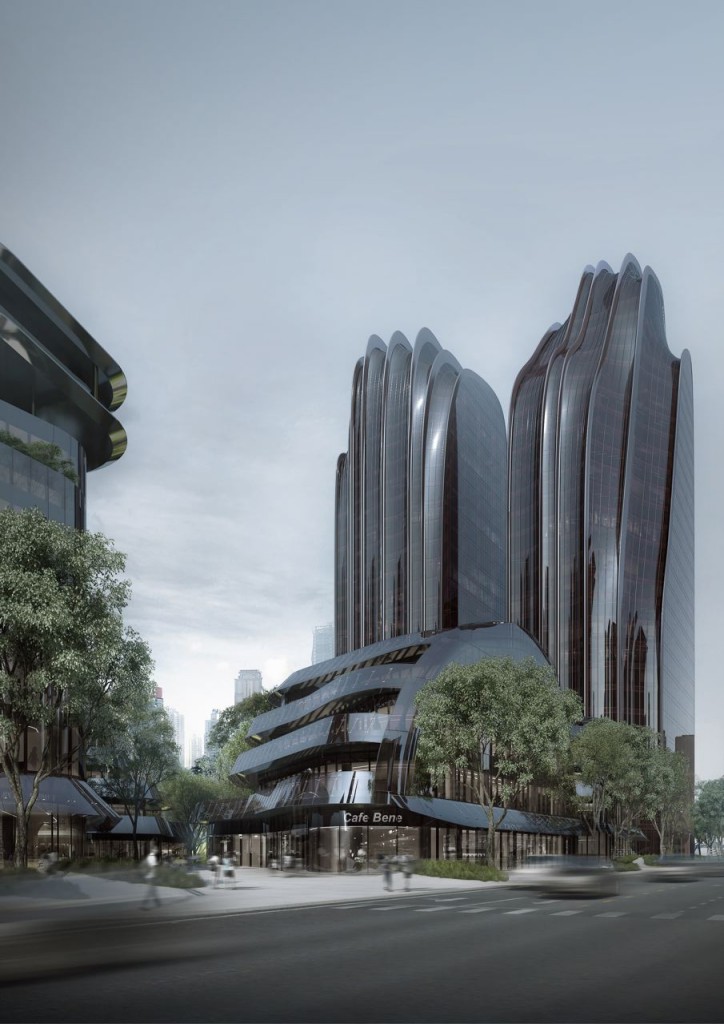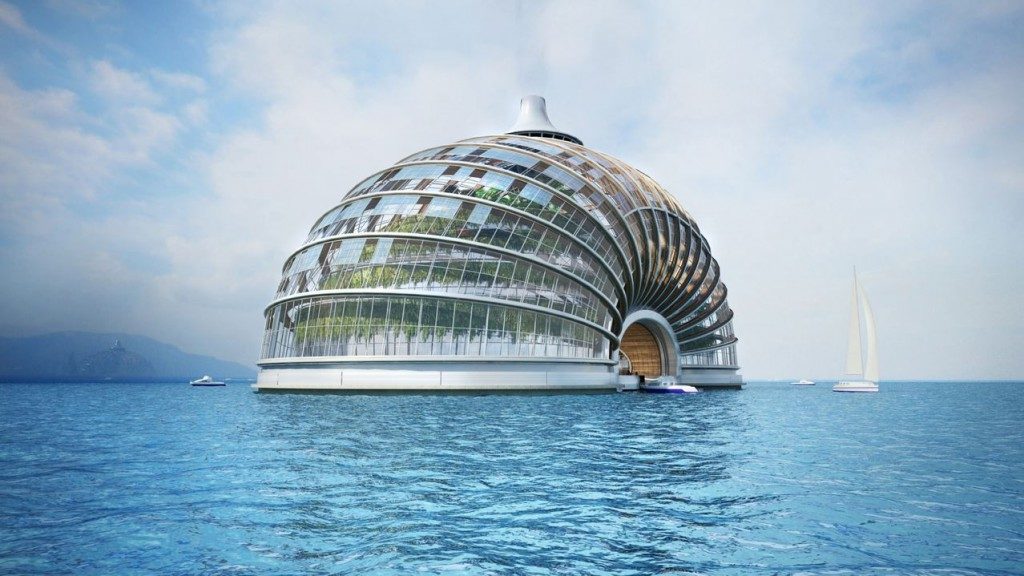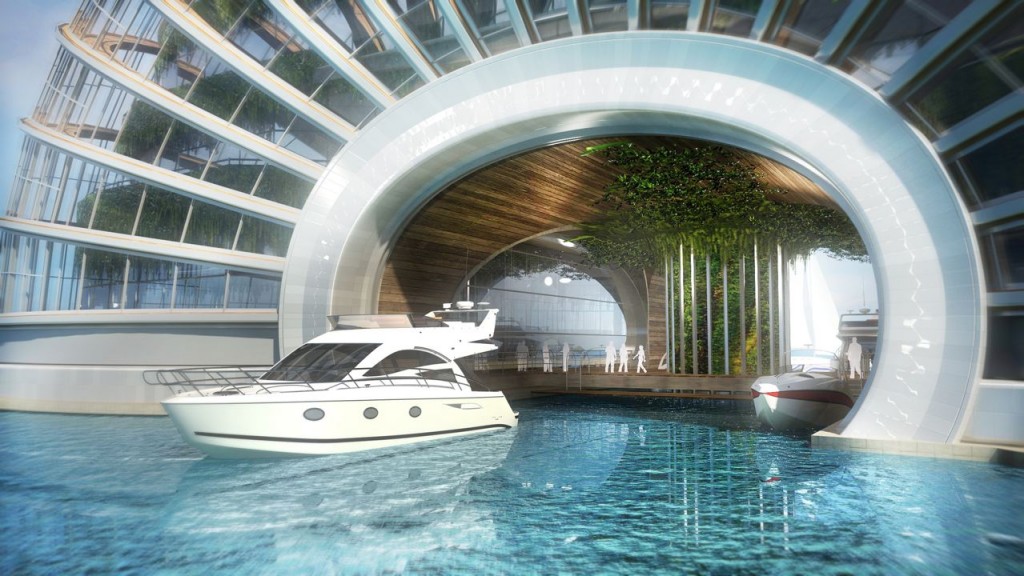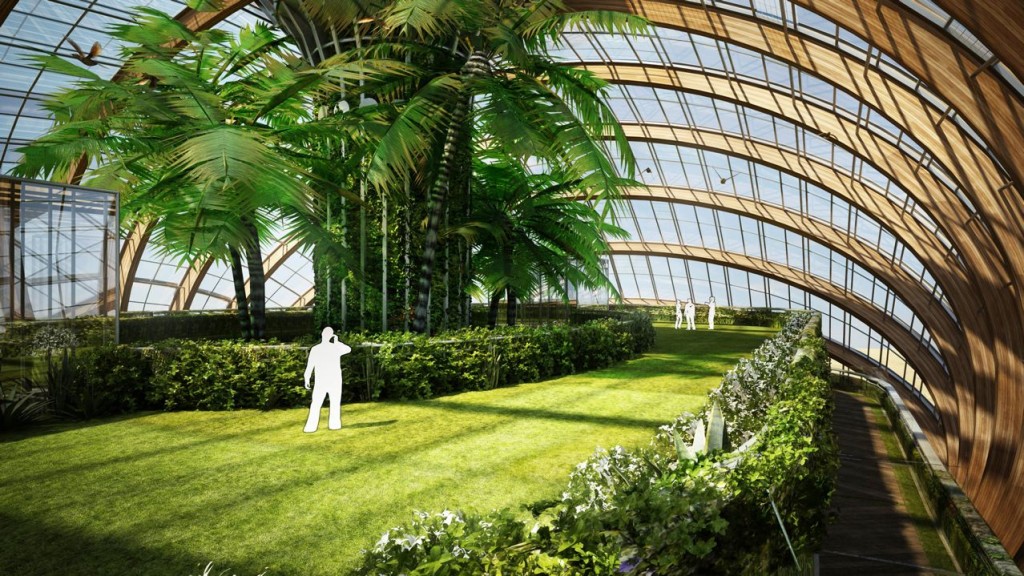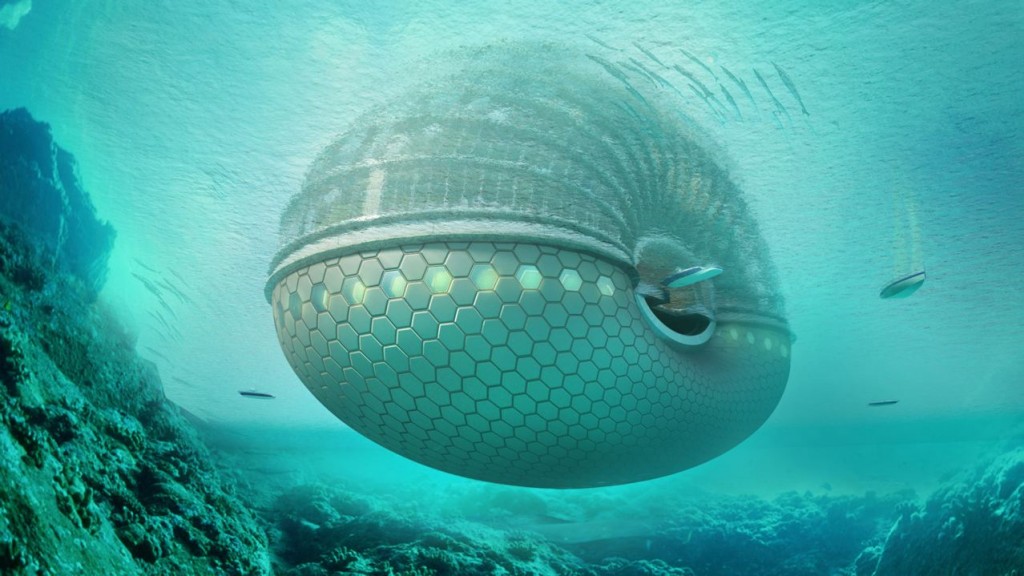MADY goes far beyond the green norm as one of Canada’s premier real estate and construction companies
Perhaps the first thing that comes to mind when people talk about green building is the positive environmental effects sustainable construction strategies have.
And that is certainly one of the motivations for MADY, one of Canada’s premier real estate and construction companies.
But MADY, which has become an international real estate developer over the past 40 years, goes far beyond the norm when it pertains to green building, looking for other criteria to enhance the basic environmental benefits.
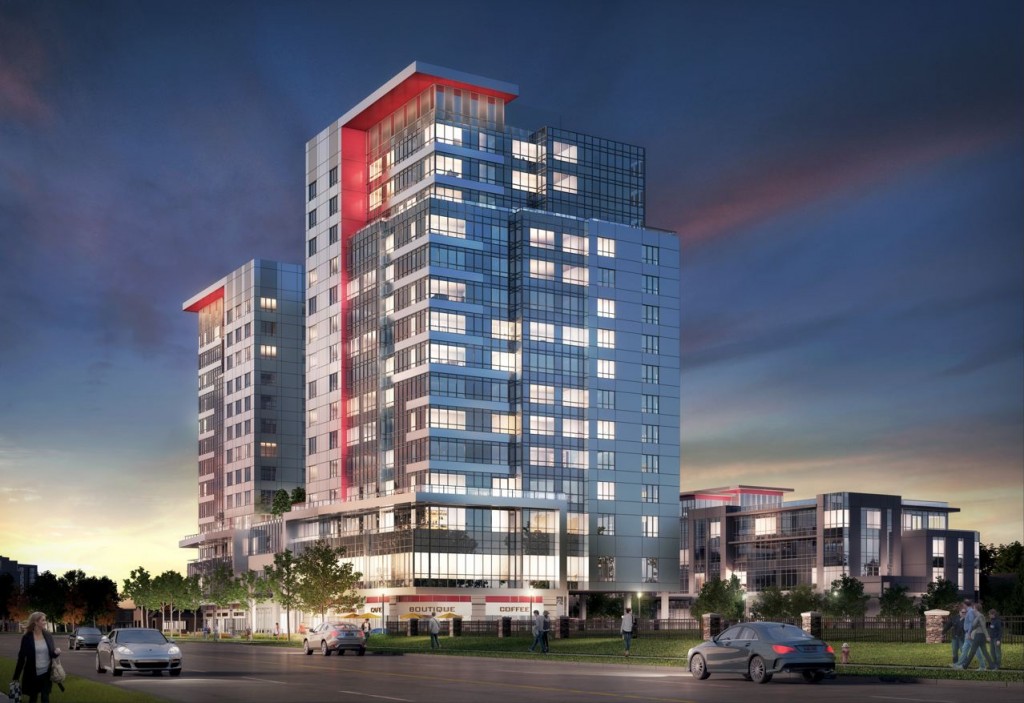
“More and more firms continue to ramp up their green projects,” says Marko A. Juricic, Senior Vice President of MADY Contract Division Ltd. “ And, yes, the main factors triggering this green trend include companies wanting to do the right thing when it comes to social and environmental responsibility.”
“But companies can also experience significant cost savings through various efficiencies, such as decreases in energy and water consumption. In fact, I’ve seen statistics that say that businesses reduced their operating costs by 20 per cent through green buildings. The payback period for investment on a new green building appears to be coming down, as well.”
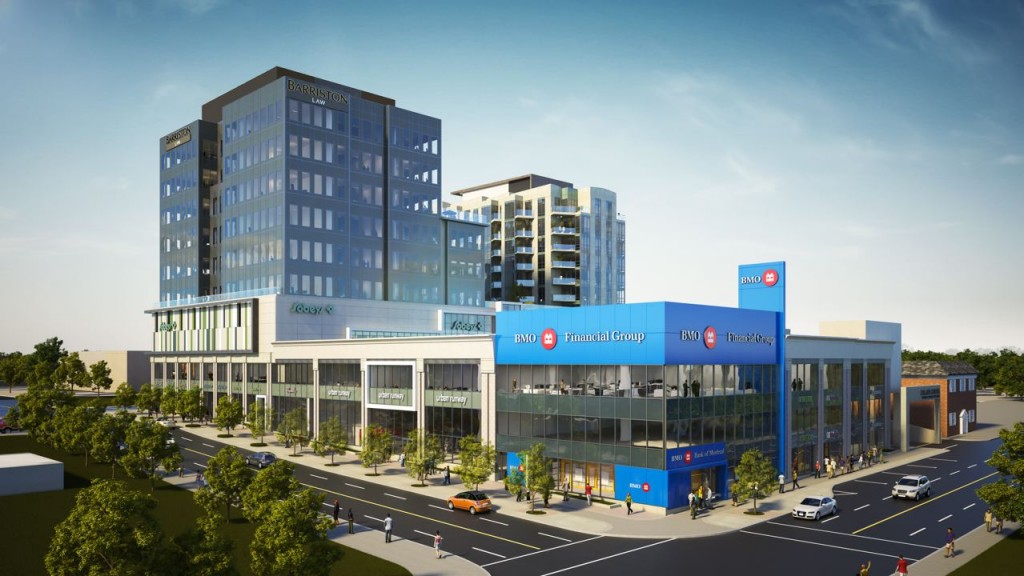
He says those kinds of factors show that if owners invest in their buildings [by going green], then they have return on their investment for many years to come through the life of the building.
Juricic also points out that another plus for green building is the continued positive experience for tenants.
“It’s clear that tenant attraction and retention increases with a green building,” he says. “I’ve read about significant spikes in occupancy rates when a building is green.”
MADY, and the construction industry, have gone through a myriad of changes since Charles Mady founded the company 40 years ago in Windsor. But, decade after decade, his firm’s success has been firmly built on the principles of hard work, integrity and an unrelenting commitment to client satisfaction.
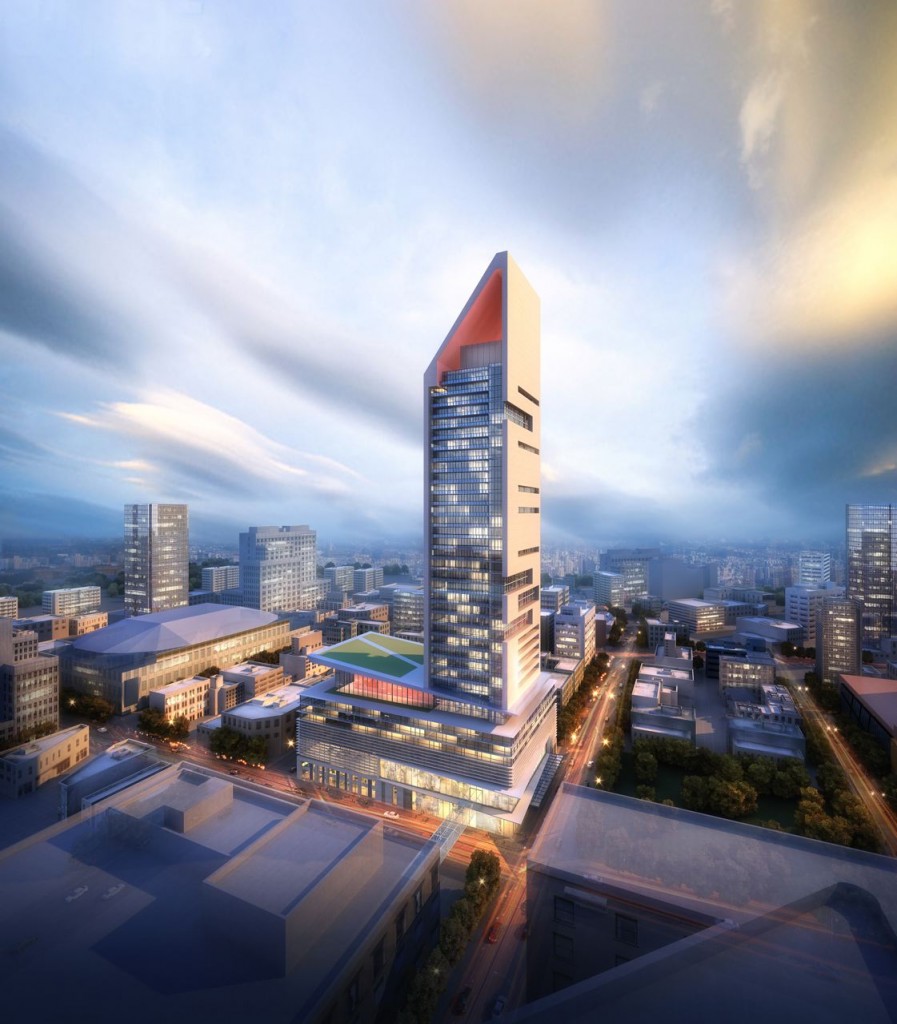
Today, headquartered in Markham, Ontario, MADY is a strong and diversified group with commercial and residential operations across North America. It’s the 25th largest contractor in Canada, and provides building services to institutions, retailers and other developers.
But one important principle remains – MADY is committed to customer satisfaction, to the integrity of its name and persevering until each job is done right.
In a message from Charles Mady, also the company CEO, he states that he never really considered any other name than MADY. “My reason was simple: When your name is on the door, it is personal and you know that success and failure cannot be forgotten. Your name follows you around for life.”
“The business I have the privilege of leading today is much larger than the small home building company I began all those years ago.”
“But that is all that has changed. Those same ideas and principles are still what we focus on every day: hard work, integrity and an unrelenting commitment to customer satisfaction. It’s our mantra, our method.”
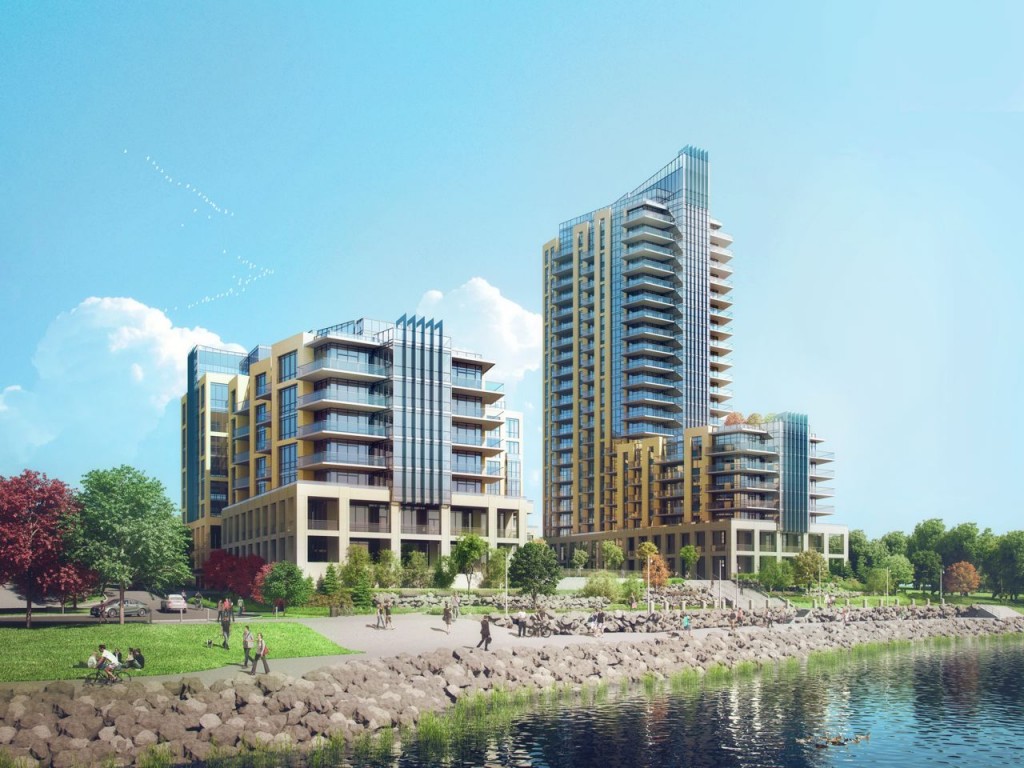
Juricic cites the development of technology as a major factor influencing the construction industry during MADY’s first 40 years. He says there have been “dramatic” changes and that MADY has incorporated many new skills and its employees have a wealth of experience and knowledge.
“With the advancement from engineering, equipment, materials and techniques, it has revolutionized the way we build today,” Juricic says. “We have become focused on environmentally sustainable building design and construction and have adopted LEED certification on numerous projects, proving that this is the best way to demonstrate our green commitment. “
“In my opinion, though, the industry would expand more quickly with lower initial costs, increased government incentives and an end to the perception that green building is high-end and not affordable.”
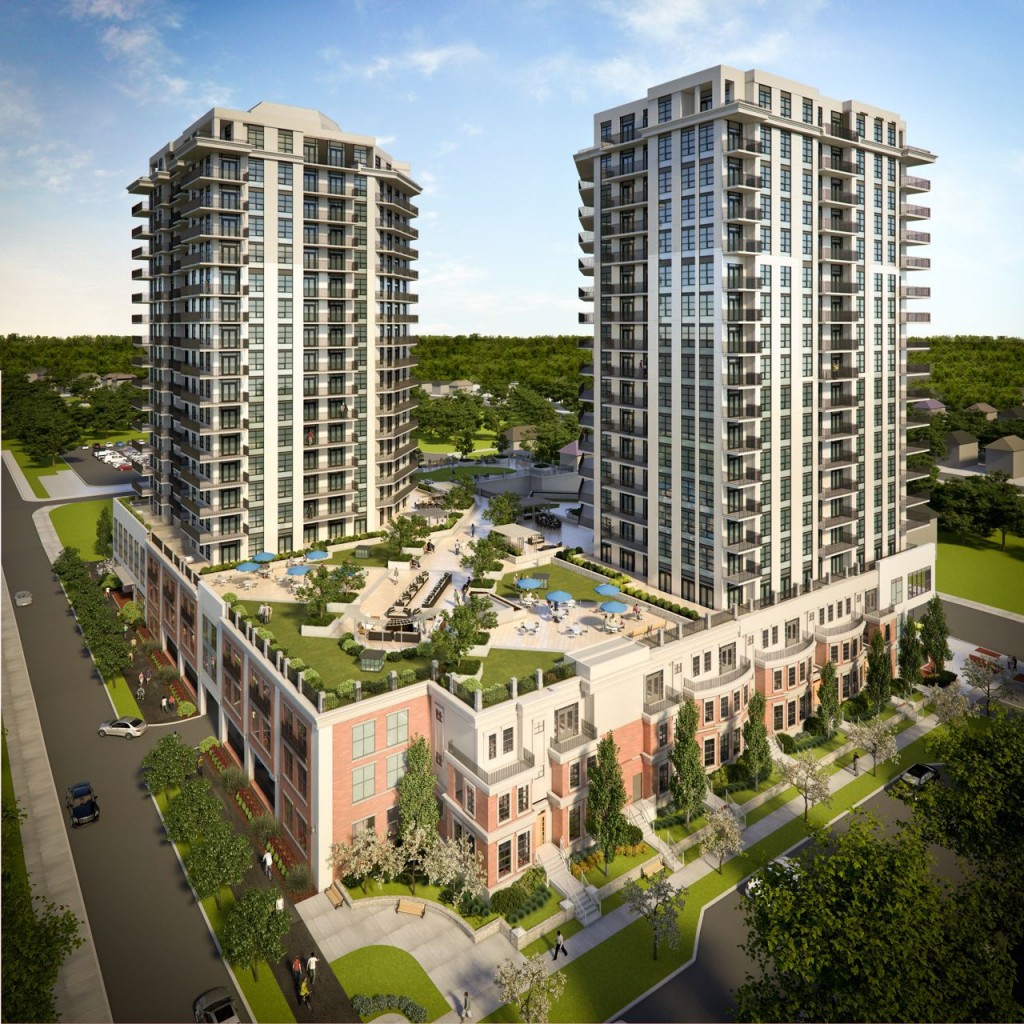 <
He stresses that MADY continues to ramp up its number of green projects, further adding to its growing reputation as a socially conscious builder/developer.
“Not only do we want to do the right thing, we enjoy passing along the numerous green benefits to our customers and clients,” he adds. “We embrace building to LEED standards because in doing so we save energy, and reduce both pollution and our carbon footprint.”
<
He stresses that MADY continues to ramp up its number of green projects, further adding to its growing reputation as a socially conscious builder/developer.
“Not only do we want to do the right thing, we enjoy passing along the numerous green benefits to our customers and clients,” he adds. “We embrace building to LEED standards because in doing so we save energy, and reduce both pollution and our carbon footprint.”
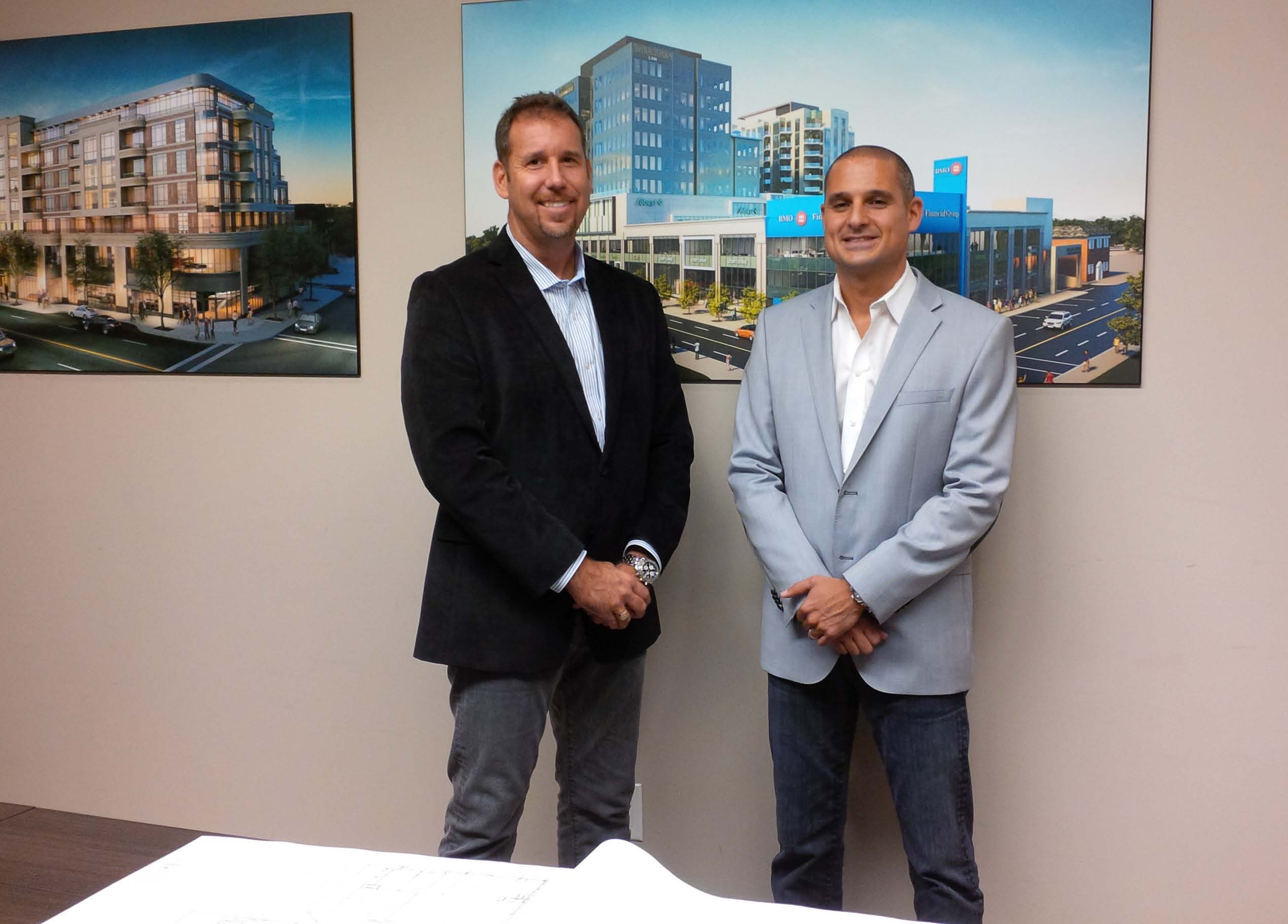
Web
MADY.com
About MADY
The company builds condominiums, mixed-use developments and commercial retail developments in communities across Canada. Headquarters are in Markham, Ontario, in the heart of the GTA. MADY ranks as Canada’s 25th largest contractor. MADY’s developments are diverse. MADY knows when they build their condos or mixed-use sites of retail and residential buildings that they are building communities. MADY’s lifestyle condos are built for baby boomers, working professionals, empty nesters, families or the person just starting out. Their condos are built with care and quality and feature amenities to enhance any lifestyle. MADY’s mixed-use developments help to rejuvenate downtown city cores with their mix of residents in condominiums, essential services such as food stores, banks and restaurants, as well as retailers and service providers that suit each marketplace. These mixed-use developments have all of the important amenities in one place.
Products
Residential condominiums, commercial retail, commercial service and office space, full construction services.







